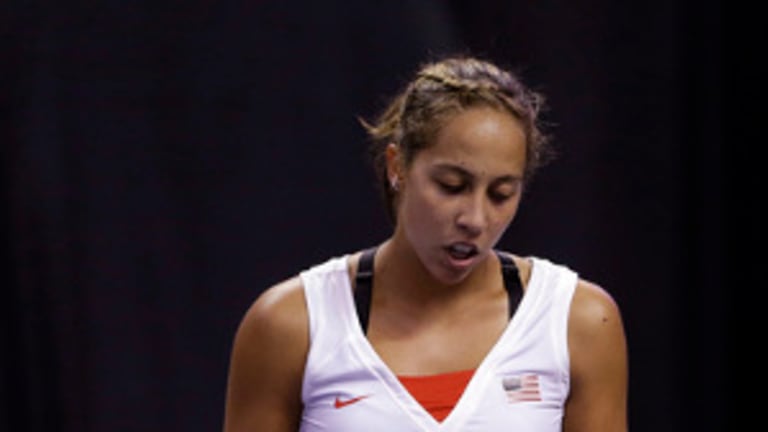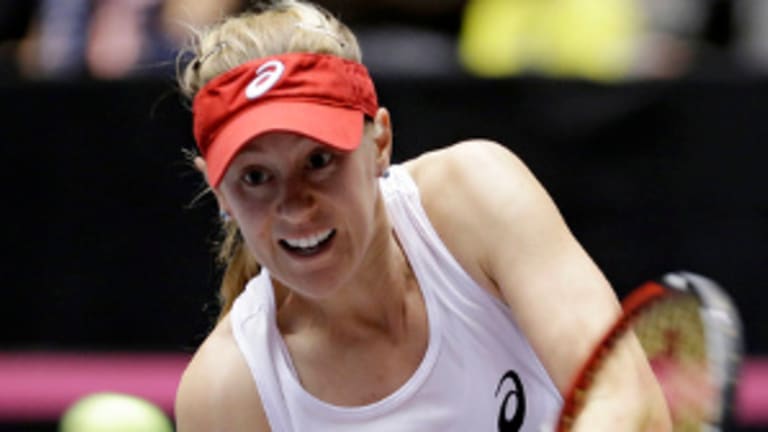Americans had something to cheer for a change at the end of today’s play in Rome. A player from the U.S. advanced to the quarterfinals of this WTA Premier 5 event.
The bad news is that the winner was the only American who can be counted on these days to deliver that precious win, which seems to have become as rare as a pitcher of iced tea in the desert.
It sometimes seems that all of American tennis has been boiled down to words: Serena Williams. Granted, they’re magical words, but it wasn’t so long ago that the U.S. was such a dominant force in the women’s game that calling it an “international” game didn’t seem entirely accurate—kind of like calling the Major League Baseball finals the “World Series.”
Those days sure are gone, and not just for the American women. Yet as much as the men have struggled, the fate of the women nowadays leaves a more bitter taste, simply because much more has been expected of them. U.S. men’s tennis is a ship manned by a struggling crew without a captain. The women’s game has a clear, inspirational leader (two, if you count Serena’s fading but still exemplary sister, Venus), but lately it has promised much more than it’s been able to deliver.
Less than a month ago, in what might be remembered some day as a historic low for American tennis, 20-year-old Frenchwoman Caroline Garcia beat both Sloane Stephens and Madison Keys—the two bright young lights of the U.S. women’s game—without losing a set in a Fed Cup World Group playoff tie. As a result, the U.S. will have to compete in World Group II for just the second time in the history of the competition.
Things haven’t gotten much better since that unexpected blow.
Only two U.S. women reached the third round last week in Madrid, Serena and Stephens (Stephens lost her match to Li Na; Williams won hers, but withdrew from the quarterfinals with a thigh injury). This week in Rome, three women made it to round three: Serena, Varvara Lepchenko, and Christina McHale. Lepchenko had the misfortune to draw Serena, who beat her handily. McHale was ousted by Zhang Shuai.

